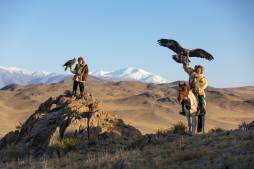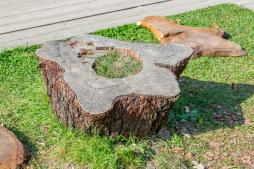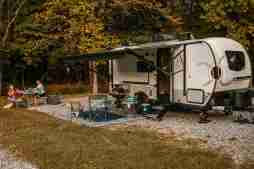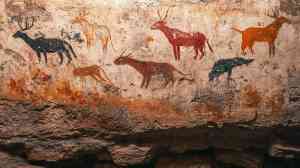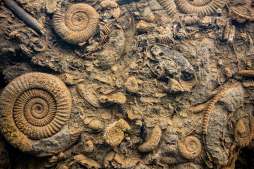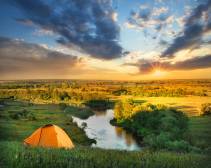The Role of Moss in Supporting Biodiversity in Primitive Ecosystems

Mosses, often overlooked small green plants, played a crucial role in Earth’s early ecosystems. These primitive plants were among the first to colonize land and set the stage for future biodiversity. Understanding their role helps us appreciate how life on Earth evolved and how ecosystems developed complexity over time.
Early Colonizers of Terrestrial Environments
Mosses were some of the earliest plants to adapt from aquatic to terrestrial habitats. Their ability to survive in harsh conditions allowed them to colonize barren landscapes that lacked soil or nutrients. By stabilizing soil and retaining moisture, mosses created a foundation that enabled other plant species and organisms to thrive.
Enhancing Soil Formation and Nutrient Cycling
Through their growth and decay cycles, mosses contributed organic matter that enriched primitive soils. This process enhanced nutrient availability essential for other plants and microorganisms. Mosses also helped retain water in the environment, facilitating chemical weathering processes critical for soil development.
Providing Habitat for Microbial Communities
The dense mats formed by moss offered shelter and microhabitats for various microbes, fungi, and small invertebrates. These communities contributed to ecosystem functions such as decomposition, nutrient cycling, and symbiotic relationships that supported plant growth.
Supporting Early Food Webs
By fostering microbial diversity and providing resources such as moisture and organic matter, mosses indirectly sustained early food webs. Small animals could feed on the microbes living within moss mats or use these areas as breeding grounds, contributing to ecological interactions necessary for complex biodiversity.
Implications for Understanding Modern Ecosystems
Studying how moss supported biodiversity in ancient ecosystems helps scientists understand ecosystem resilience and succession today. Mosses continue to play vital roles in modern habitats by improving soil quality, supporting wildlife habitats, and maintaining moisture balance—highlighting their long-standing ecological importance.
In summary, moss was fundamental in shaping Earth’s early terrestrial ecosystems by stabilizing environments conducive to life diversification. Their contribution toward soil formation, habitat creation, and nutrient cycling laid the groundwork for complex biological communities we see today.
This text was generated using a large language model, and select text has been reviewed and moderated for purposes such as readability.
